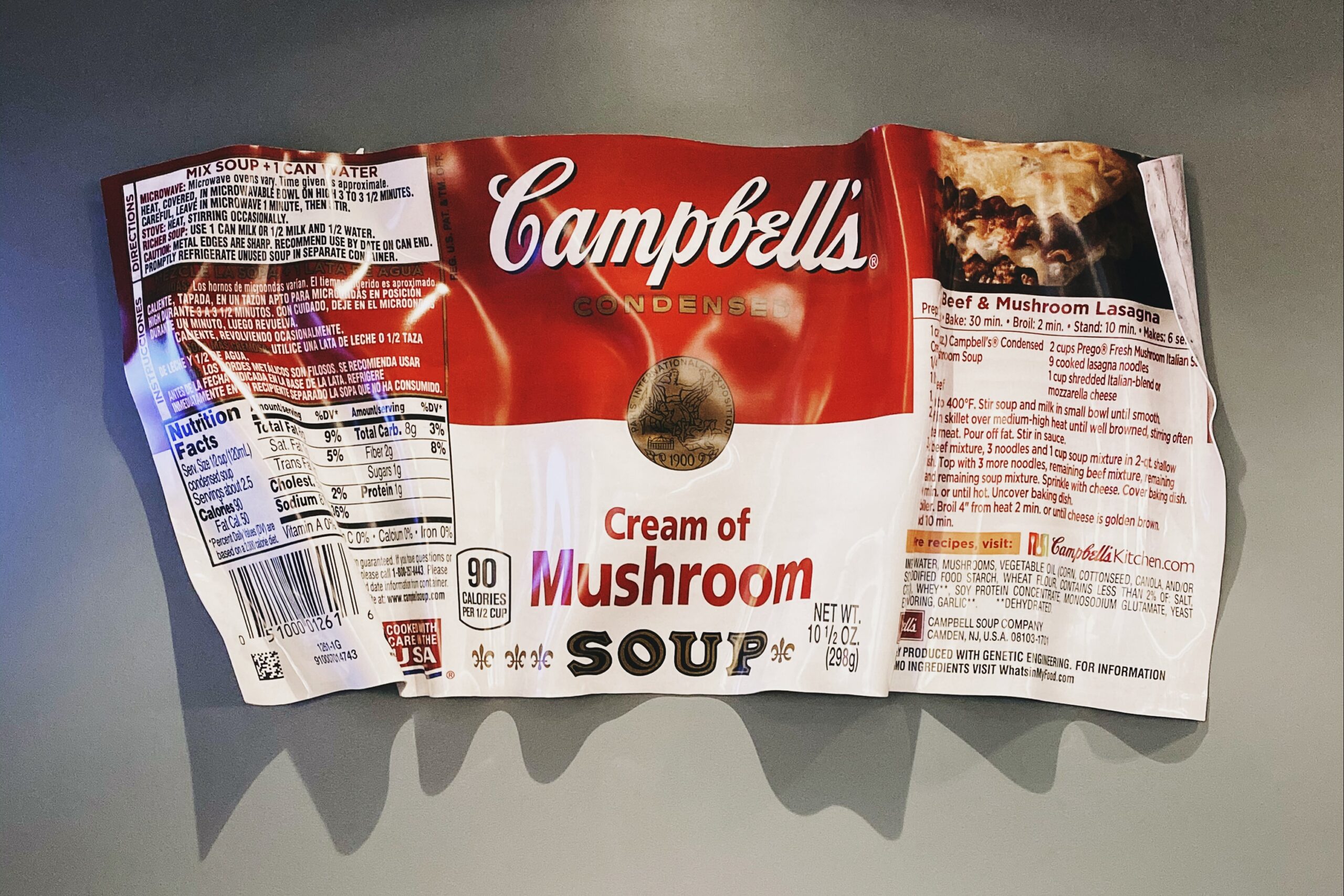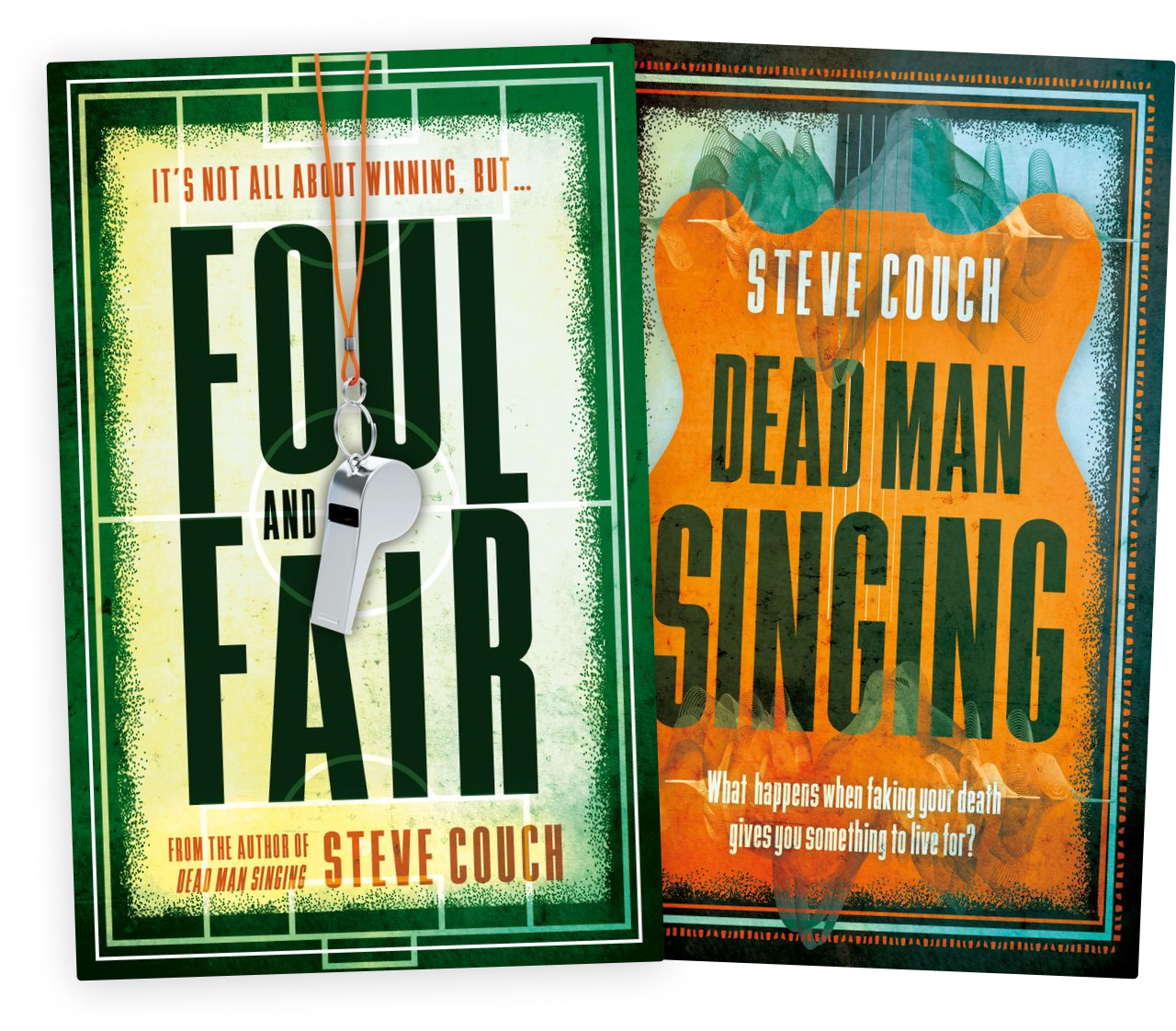When you decide to lose weight, you need to pick up a vital new skill that will help you make the best food decisions, namely, reading the labels to get the information you need. Once you learn to quickly scan the Nutrition Facts section present on almost any package, it will take you less than a minute to decide which product goes in your basket and which is more of a trap for your health.
Here are some easy tips to help you read back-of-packet labelling:
Always Check the Ingredients
If you are buying pre-packaged food, it typically comes with a list of all the ingredients that went into it. One trick to see from the start if the product is good for you is to look at the first ingredients. These are the ones found in higher quantities in the product. So, if your list starts with butter, cream, cheese, or sugar, the product is probably not a good match for your diet. But even if things sound good, read through the list. You may discover that the salt content is high for the recommended daily intake, even if it is just a few grams.
The ‘Big Four’ on the Nutrient List
Reading labels may be fun for some, but if you are like most people – always in a hurry to get out from the supermarket rush and crowd – you’ll want to focus on the most important sections:
- Total fat
- Saturated fat
- Salt
- Sugar
When it comes to assessing quantities, you have two options. Either read the amount per portion or the amount per 100 grams. The second option allows you to compare products more easily, since food companies may have different views on how large a portion is.
Calories Are Important, But Not the Most Important
There’s no need to count calories as you stroll around the supermarket, but you should still read the labels to have a general idea of how much energy a product has. When it comes to calories, it is more about making the right decision. For example, both chips and avocados are high in calories, but one will give you healthy cholesterol-lowering fats and vitamins and the other is chips. Also, pay attention to how much a serving represents. You may be surprised to learn that 100 calories mean three pringles and not a small bowl as you expected.
Some Fats Are Better than Others
Moving on to the fat section of the label, you will discover that fats are divided into Saturated Fats and Unsaturated Fats. The first type are the ones you want to try and avoid, so you need these fats in low quantities (1.5 grams of fat per 100 grams of product or less). Unsaturated fats, on the other hand, are the good guys. They are found in nuts, avocados, seeds, and oils and don’t pose a threat to your health unless used in very high quantities. If they aren’t listed, check the Total Fat section. A low-fat product usually has no more than 3 grams of fat per 100 grams, but moderate-fat products (under 17.5 grams of fat per 100 grams) are also a good option.
Low-Fat Is Not Necessarily Healthier
Sometimes you will find a low-fat version of the original product. Not a bad thing, but not necessarily a good thing either. When fat is removed, it is often replaced with sugar to compensate for the decrease in taste. Compare the fat-sugar ratio on the low-fat product with the one on the original. In most cases, it may be worth choosing a product with higher fat that has less sugar in it.
Learn How to Spot Hidden Sugar
A lot of products have sugar, even the salty and sour ones. Sugar makes food taste better and helps with preservation. But it is also the main cause of Type II diabetes, so you want to keep an eye on it. Yet, things are not always that simple. Some labels list sugar under more than one name – it is still sugar, nonetheless. You may find it listed as honey, molasses, fruit juice concentrate, syrup, fructose, maltose, dextrose, glucose, and other items that end in ‘-ose’.
Even in products that say ‘No added sugar’, you still have a chance to find it, so once again, check the label. For instance, if you buy a bag of muesli with no added sugar, you may discover that the dried fruits inside actually pack a high quantity of sugars.
How Much Salt Is in Your Product?
Salt doesn’t always pop up on a label since most products contain just a few grams. But your maximum intake per day shouldn’t be higher than 6 grams if you want to avoid cardiovascular diseases. At this point, it gets clear why you need to look into salt. Low-salt products don’t contain more than 0.3 grams per 100 grams, while high-salt items go as high as 1.5 grams per 100 grams. To make things more confusing, some labels show sodium instead of salt. In this case, you will want to look into products that have under 0.1 grams of sodium per 100 grams.
It may be a complex topic but when you get the hang of it, you will soon be able to decipher the labels and make a good choice for the products you buy and eat.





